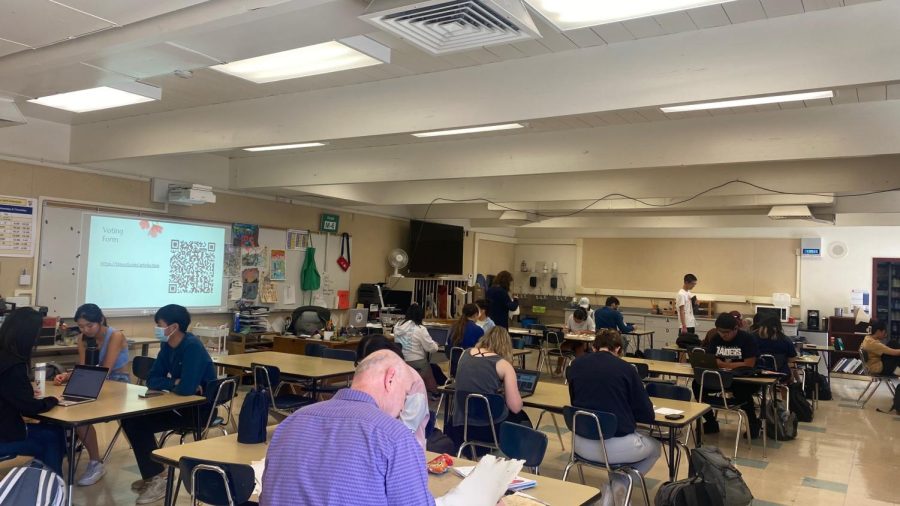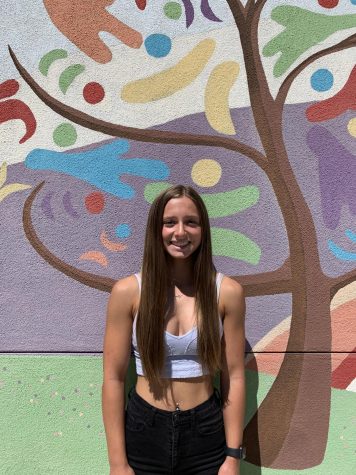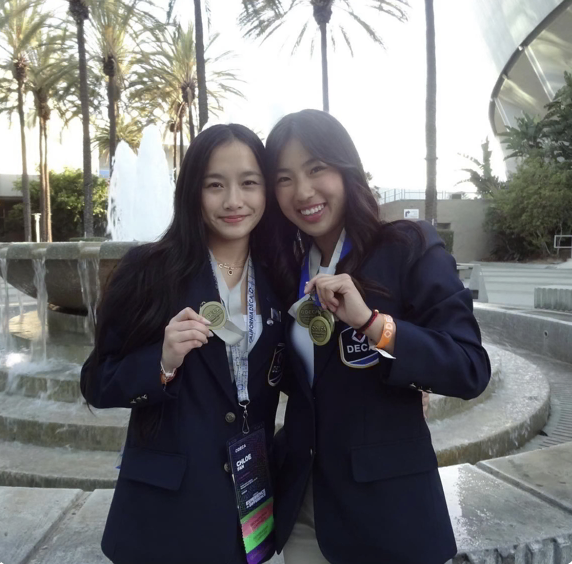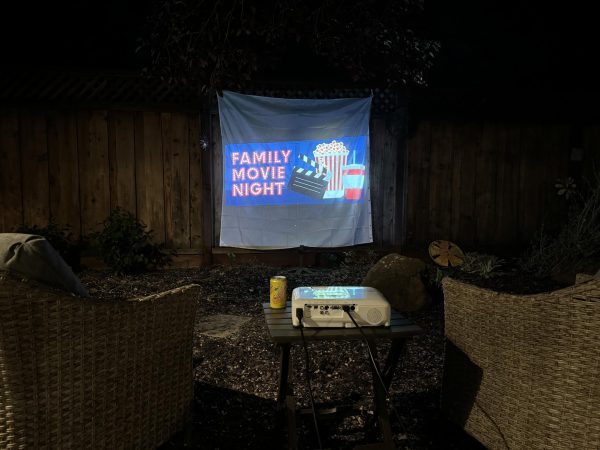AP Photography and AP Studio Art letting students show their creativity on the highest level
May 5, 2023
There are a total of 19 AP classes that are offered at Amador. Despite having such a vast amount of classes being offered, AP Photography and AP Studio Art are the only AP classes on campus that don’t have you taking an AP test. Instead, you create a portfolio with all your work and do projects.
“AP Studio Art is a really singular and exceptional class among the AP classes. It can be completely student-driven; the students create their own projects, critique them, as well as make the plan for the project itself,” said AP Studio Art Teacher Michael Doyle.
AP Studio Art is a college-level class where students create new projects every week that allows them to explore different methods of creating art. This includes learning new techniques when it comes to painting or drawing.
“The expectation is that they [students] are ready to complete the work the first week of school. We don’t do introductory lessons, teach perspective, or the color wheel. We start the first week with creating college-level artwork and then you create a second one the next week, and so on,” said Doyle.
On the other hand, AP Photography works a little differently than AP Studio Art. Instead, students create a portfolio to showcase their work.
“To make the portfolio, it’s something we prepare for the whole year. At the beginning of the year, individually we explore different topics of what we want the theme of our portfolio to be,” said AP Photography student Sam Lowder (‘23).
Throughout the year, students use film to take pictures and create a portfolio with the theme of their choice. At the end of the year, students submit 15 photos that best fit their theme, along with five photos that are their personal favorites.
“Drawing from the student’s personal experiences and seeing what is important to them is how I help them create a portfolio. Once you have to translate a concept into a visual medium, that medium has to speak for you. If you don’t feel strongly about your topic, then you get too many blocking points where you don’t know what else to do,” said AP Photography teacher Merilee Fisher.
Although both of these classes do not have huge AP tests throughout the year, a student will have the most success in these classes if there is some sort of passion driving them to do well.
“For regular photography, it’s a pretty easy class even if you don’t have much time. But for AP Photography, you have to dedicate some time to it. If you have the time and you want to level up your editing skills and your photography skills in general, I would suggest taking the AP class. I just went from Photo One to AP and it was a pretty easy transition,” said AP Photography student Lilly Rivera (‘25).















